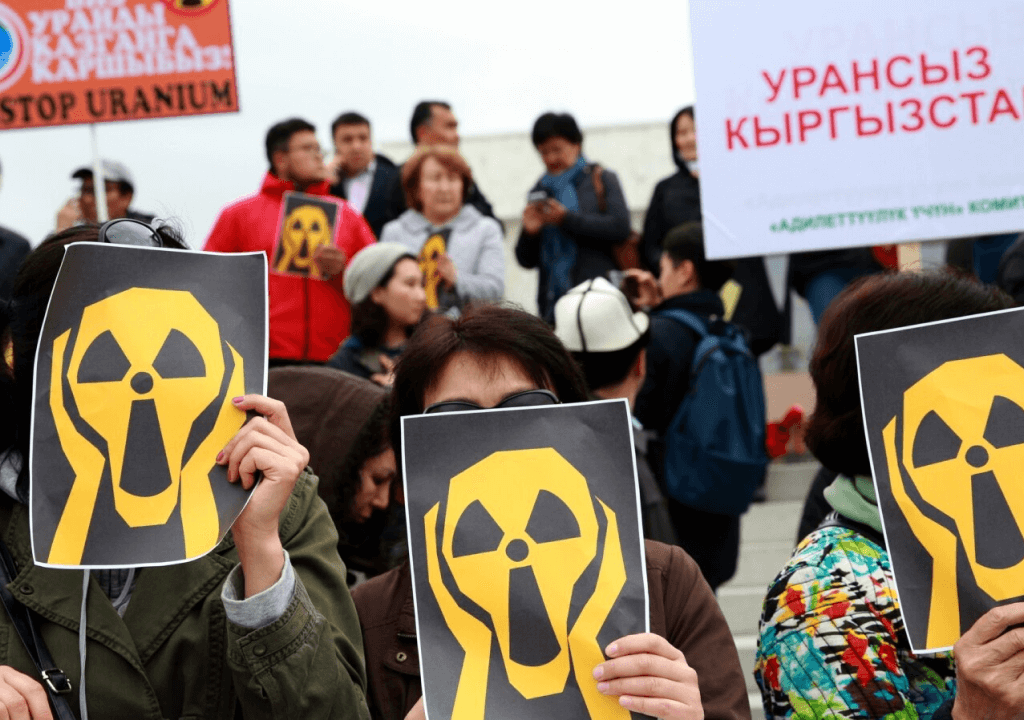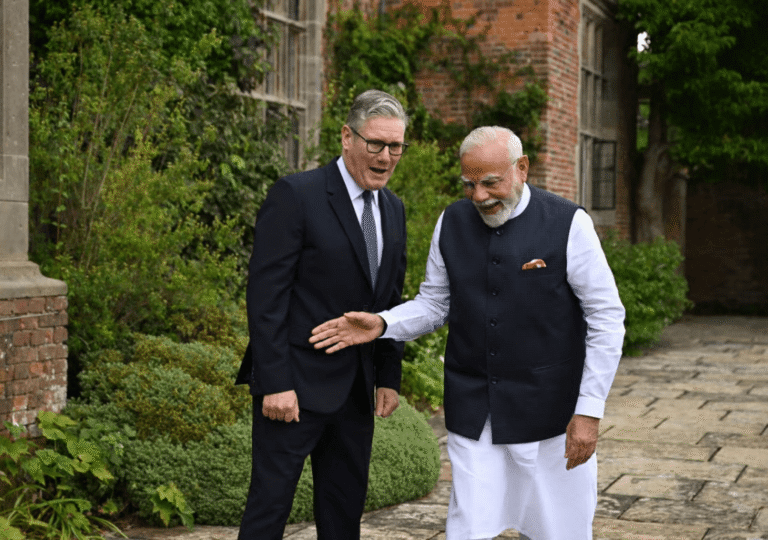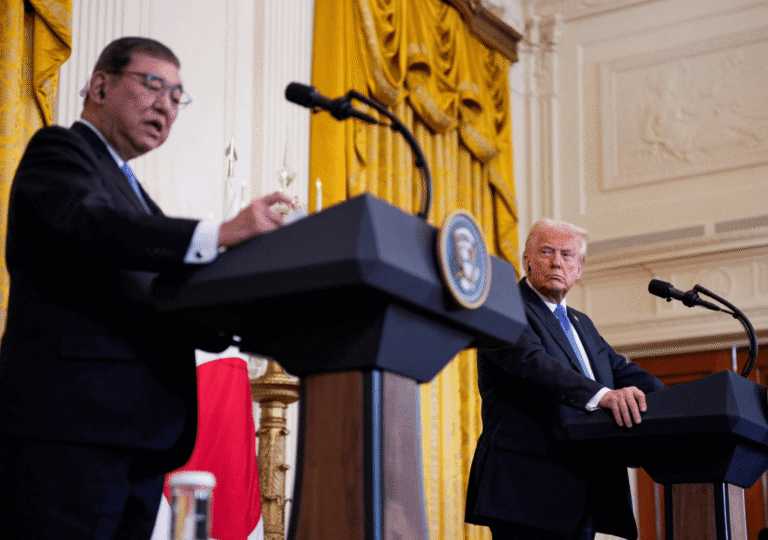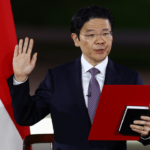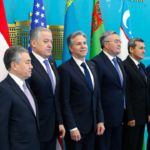Large-scale development projects face numerous challenges when implemented in developing countries, and Kyrgyzstan, a nation nestled in the mountains of Central Asia, is no exception. Seen as a crucial element in the country’s future, the ambitious Kyzyl-Ompol uranium mining project is entangled in a complicated relationship between environmentalists, skeptical citizens, and proponents of progressive growth.
Kyrgyzstan is one of the most economically disadvantaged in Asia, currently holding the unenviable title of the second poorest country in Central Asia, trailing behind Tajikistan. A staggering 22.4% of the population languishes below the poverty line, a stark reality exacerbated by the predominant reliance on agriculture in the challenging high mountain terrain where poor soil conditions impede progress and hinder improvements in people’s quality of life.
However, a glimmer of economic potential emerges from the nation’s vast mineral reserves, offering a promising avenue to transform Kyrgyzstan’s financial standing. Collaborating with strategic allies like Russia, China, and India, the country is cautiously exploring the untapped possibilities within its mineral wealth. Noteworthy among these resources are substantial deposits of coal, gold, uranium, antimony, and other coveted metals.
The significant presence of uranium, a mineral in high demand, amplifies Kyrgyzstan’s potential on the global stage. As diplomatic ties with China strengthen, there is an anticipation that the country will leverage its mineral reserves to forge a path towards economic revitalization.
The Kyrgyzstan government’s initiatives to harness uranium and various rare earth metals around the revered Lake Issyk-Kul, often likened to a sea for this landlocked nation and its most populous tourist destination, have sparked discontent among the people. However, a pervasive fear of reprisals has led to a muted expression of concerns among the populace.
In a concerted effort to alter public sentiment, the government is actively working to address apprehensions. President Sadyr Japarov took a significant step in this direction last month by traveling to the city of Balykchy. Here, he engaged with community representatives from the Issyk-Kul and Naryn regions, seeking to provide assurances and clarity regarding the developments at the Kyzyl-Ompol field.
During his address, President Japarov emphasized the potential creation of over 1,000 job opportunities in the area, attempting to assuage the concerns of residents like Kubatbek Japarov assured us that this venture would be akin to a second Kumtor gold mine, with all proceeds from the uranium excavation flowing directly into the state coffers.
Officials aligned with President Japarov have affirmed that the state will take charge of the mine’s development, asserting that this hands-on approach ensures the utilization of safe and responsible methods. Additionally, they downplayed the prominence of uranium at the Kyzyl-Ompol site, placing emphasis on the extraction of titanomagnetite, a unique mineral with diverse applications ranging from steel production to extracting titanium.
Concerns about the potential development of Kyzyl-Ompol have been festering for a minimum of five years. In 2019, a year prior to President Sooronbai Jeenbekov’s displacement by Japarov, local activists orchestrated protests against the exploration efforts of the Russian company UrAsia Kyrgyzstan. In response to the public outcry, authorities took decisive action and revoked the company’s license.
While the government has acknowledged the simmering protests in the recent year, there is a gradual shift in public sentiment. However, rights activists contend that a broader suppression of dissent is systematically quashing any form of disagreement throughout Kyrgyzstan through repressive measures. This crackdown has led to the imprisonment of numerous government critics, including some members of parliament.
This fear of people of Kyrgyzstan and the broader Central Asian region is stained by the toxic legacy of the Soviet Union’s nuclear industry. A uranium mine and plant in the southern Kyrgyz town of Mailuu-Suu played a crucial role in producing fuel for the Soviets’ first atomic bomb for over two decades following World War II. Although uranium mining ceased in Mailuu-Suu in 1968, the area had already become highly contaminated due to a tailings dam failure in 1958 and the negligent disposal of radioactive materials.
Mailuu-Suu, situated upstream of the densely populated Ferghana Valley, currently harbors more than 20 uranium tailings dams containing nearly 2 million cubic meters of toxic material, some of which are nestled into the banks of the local river. The town exhibits higher rates of diseases compared to other parts of Kyrgyzstan, and the looming threat of a natural disaster in this mountainous, seismically active region could have severe consequences for millions of people.
Another site with a uranium mining legacy is Ming-Kush in the neighboring Naryn Province, where remediation efforts funded by the European Bank for Reconstruction and Development (EBRD) have contributed to securing toxic waste storage and decontaminating the area.
Despite progress in some areas, numerous smaller-scale toxic waste sites persist across Kyrgyzstan, demanding cleanup more than three decades since gaining independence. Even if the focus shifts to mining titanomagnetite, the presence of uranium in a fairly high concentration raises concerns. During mining and transportation, the potential spread of uranium-laden dust poses risks to both the environment and the population. Some argue that this could lead to incidents akin to the 1998 spill of around a ton of cyanide into the Barskoon River, flowing into Lake Issyk-Kul, along the route to the Kumtor gold mine.
Officials have been championing optimistic appraisals of Kyzyl-Ompol’s potential wealth for Kyrgyzstan, as Akylbek Japarov, the head of the Cabinet (no relation to the president), declared in January that the field boasts deposits valued at $300 billion. President Pledged that local residents would “get rich” and Kyzyl-Ompol would transform into “a second Kumtor”.
Kyrgyz officials seem to regard uranium as a prospective source of robust currency through exports, offering a multifaceted solution. Beyond the economic dimension, there is a critical energy imperative. While Kyrgyzstan’s nuclear facility would naturally be smaller compared to those planned by its larger neighbors, the conceptual framework is already evolving. The country’s nuclear requirements are driven by climatic pressures on hydroelectric power, which currently contributes around 90 percent of domestically produced electricity.
Although the political aspirations align with the pressing energy needs, the implementation without the inclusion of public opinion and advanced technology could potentially result in disastrous consequences. The development of the nation and the success of this massive project hinges on paying close attention to what the people have to say and implementing the appropriate technological safeguards to finish the project.

